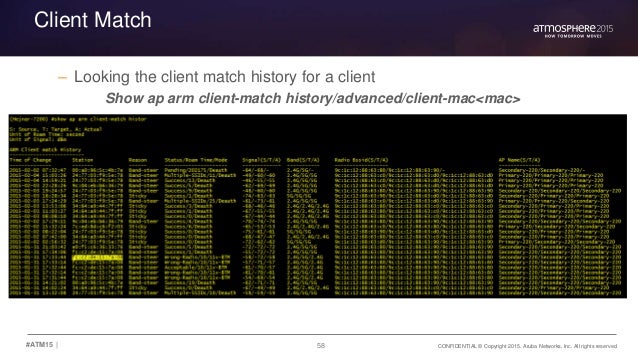Roaming Client For Mac

Overview In setting up our Cognitive Robotics course, we encountered the common situation of having more students than workstations. We realized it was important to enable the students to seamlessly access their files regardless of which workstation they log in on. However, buying a dedicated server running Apple’s full OS X Server would be overkill for our needs (and out of our budget). Our solution was to setup one machine in the lab as a central fileserver, and configure the other machines to mount a shared directory from this machine, which would contain all of the users’ files. Each user has their home directory set within this shared space, and thus they will see the same environment and customized configuration regardless of which machine they use. Since this course is being taught a number of partner institutions, we wrote a script to set up NFS on the fileserver, and another to set up each client machine to mount the NFS shared space. In addition, we also wrote a script to create new user accounts appropriately configured with their home directories in the NFS space instead of the usual location.
(We don’t replace /Users with the shared space — you can still have “local” accounts on each machine as well as “roaming” accounts.) Requirements The fileserver will be handling the majority of file operations for everyone in the lab, so it is important that this machine have plenty of RAM for caching file data, a fast hard drive, and perhaps most importantly, a fast network connection to the other machines in the lab. (You probably don’t want to rely on a wireless connection for this!) Each of our workstations is a 1.8GHz Core Duo iMac, with 1GB of RAM, except the server, which we gave 1.5GB of RAM to assist in its additional duties. It is also important that the server have a consistent IP address or domain name so the clients can find it. If your network uses DHCP, you may want to set up a “reserved” or “static” address for the machine. (I use “reserved” to mean the DHCP server is configured to hand out a predetermined IP address to the machine with based on its specific MAC address. “Static” would mean that the machine is hardcoded to use a specific address which is placed outside the range of addresses the DHCP server is handling.) Implementation Server Setup The first script, setuproamingserver, will configure NFS on the server machine. (In other words, run it on the machine you want to be the server.) It creates a directory /RoamingUsers which will store the home directories.

The script will let you configure a white list of client machines who are permitted to access the server. You will want to configure this list as tightly as possible to avoid security exposure. Clients Setup The second script, setuproamingclient, configures the machine to mount the /RoamingUsers directory from the server. Users Setup The third script, addroaminguser, creates a new user account on the current machine, and sets up the home directory for the account in /RoamingUsers. You should run the script on the server machine first, and then it will verify it can access the home directory when you run it on each client. One caveat is that, unless you have configured the machines to use some kind of centralized authentication like LDAP, the account info is local to each machine. So, if a user changes their password on a machine, that change only affects that one machine.
So if a user wants to change their password, they will need to log in to each workstation and change their password individually. If this is an issue, then you should look into LDAP and authentication, which is a separate orthogonal problem to that of roaming home directories. The script will prompt you for a user ID number (UID). You must make sure this UID number is consistent across all machines, as it is the UID which determines file permissions within the shared directory, not the user name. A fourth script, convertusertoroaming, is used if you have already created local user accounts on a machine, and want to switch these users to roaming profiles.
Canon lbp2900b driver windows 10 64 bit. LBP2900 Driver provide you an easy way to download and install the new update of LBP2900b Drivers that come from the official source of Canon.
You will be given the option whether or not to copy their existing directory in /Users to the shared space. Regardless, the users’ directory in /Users is left untouched, and they will still be able to access their files on that machine.
Umbrella Roaming Client
Teardown The fifth and final script, disableroaming, can disable either the mount point on a client, or the sharing on a server. You can always remove user accounts the same as you would normal do — through the “Accounts” panel of system preferences.
However, no script is provided for transitioning roaming users back to local users on the individual machines. The easiest solution would be to remove the user account and then re-create it through the “Accounts” system preference panel, and then manually copy over the user’s files.